About Cat6 Ethernet Cable vs. Cat7, In this technologically advanced world, an internet connection is necessary for connecting electronic gadgets.
Several cables are used to facilitate this data flow, and these cables have changed throughout time as technology and internet speeds evolve.
You normally use UTP or Ethernet cables to connect a network at home. The cables come in different categories, with Cat5e being the lowest category and Cat8 being the highest.
The speed of the network cable increases with the category. The speed and efficiency of any wired network depend on the Ethernet cable you are using.
However, which cat do you need? Or is it worth buying the high cat?
This article outlines the Cat6 Ethernet cable vs. Cat7 to help you choose.
Table of Contents
- What is CAT6 Cable?
- What is Cat7?
- Cat6 vs. Cat7: Similarities
- Cat6 vs. Cat7: Differences
- Cat6 vs. Cat7: How do I Choose?
- Conclusion
What is CAT6 Cable?
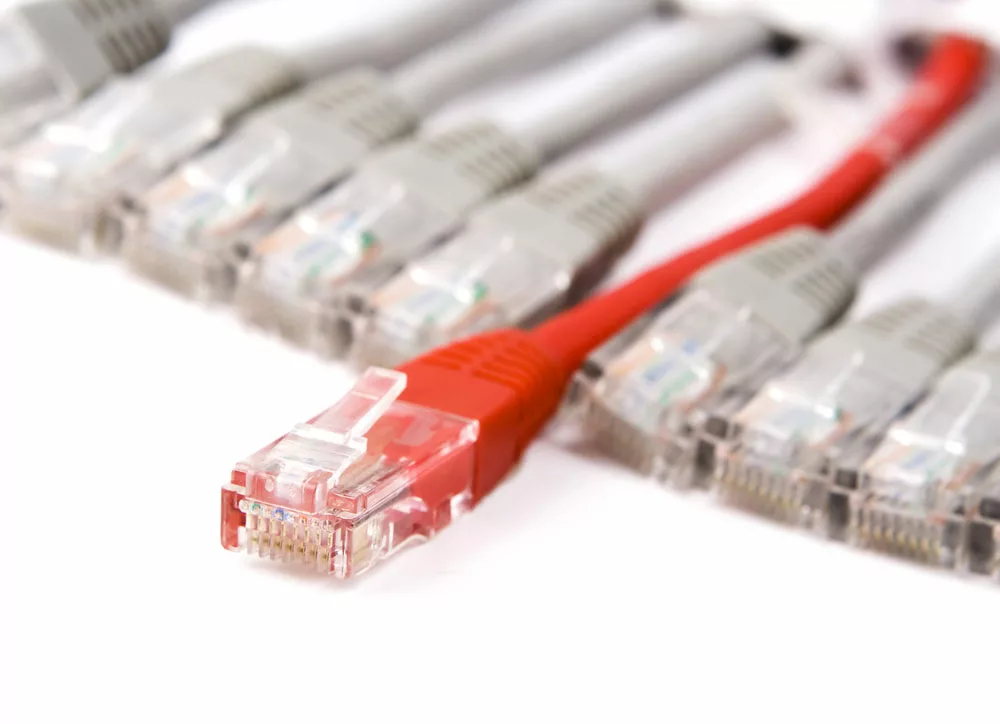
A network cable
Cat6 or Category 6 is Ethernet’s standardized twisted pair cable. The sixth generation is now dominant in home and business networks because of its potential for faster speeds and less crosstalk.
The Cat6 network cable’s theoretical top speed is 10Gbps, producing better internet speeds using all four pairs of copper lines.
The cable will support higher data speed if the transmission distance is smaller. However, the signal loss could occur as the distance grows.
Cat6 cables adhere to strict crosstalk and system noise requirements. In this cable, the twisted pairs have over two twists per centimeter, which helps lessen electromagnetic noise.
It may use plastic shielding to lessen the impact of electromagnetic interference in highly situated areas.
A drain wire is used to run the length of the cable and ground at either end to produce this plastic shield.
Installers often use these cables with fiber optics at the network’s core. They are more dependable over greater distances than Cat5e, though it is also slightly more expensive.
The cable also works well with the wave of 60w and 90w power.
Cat6 Ethernet Cable vs. Cat7: CAT6A Cable
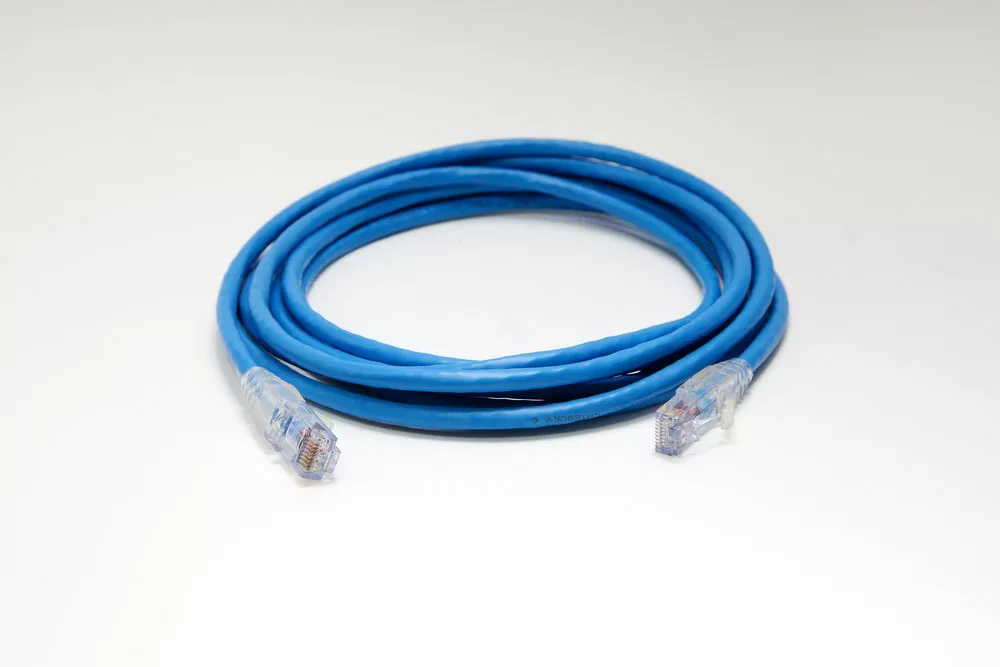
rj45 Cat6 plug Ethernet
CAT6A is quickly overtaking other cable options because of its reputation as a future-proof cable system. The denotation “a” stands for augmented, making this cable a more advanced version of Cat6.
The transmission speed and bandwidth are enhanced or expanded. And the manufacturers insulate the twisted pairs to reduce noise.
This cable is a suitable option if the anticipated lifespan of a new cable system is five years or more. It has also become preferred when the network’s expected life span is ten years or more.
The cable has a maximum bandwidth of 500 MHz, enabling a fast transfer of enormous volumes of data. CAT6A cable can enable data transfer rates of up to 100 Gbps.
It also features more twists closer together and insulation, lessening crosstalk.
The enhanced rating of CAT6A is twice as high as the standard Cat6 cables. Compared to its predecessor, the technology offers 10 GB Ethernet and has improved requirements for alien crosstalk.
What is Cat7?
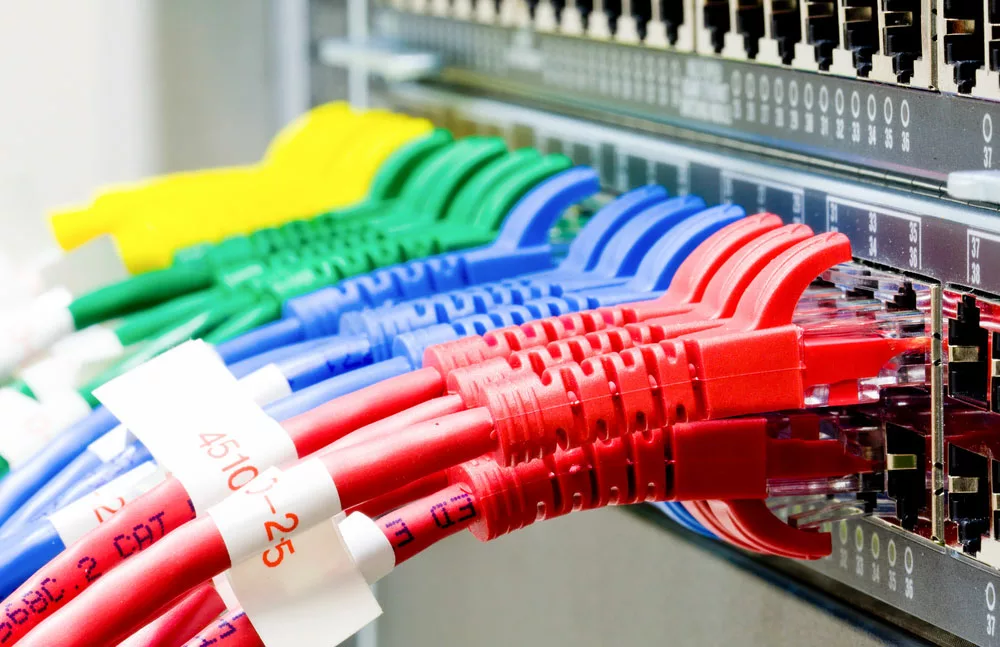
Photo of a network switch and UTP Ethernet
With several commercial and industrial sectors calling for faster internet and data transfer speeds, Cat7 cable supports transmission at substantially higher frequencies.
In contrast to Cat6 cables, Cat7 has more bandwidth and faster data transmission rates. In addition, the best thing about Cat7 Ethernet cables is that they can withstand temperature extremes, exposure to UV rays, and moisture.
Cat6 vs. Cat7: Similarities
You can find some similarities between Cat6 and Cat7 Ethernet cables.
| CAT7/CAT6/CAT6A Ethernet | |
| Function | You can use Cat6, Car6a, and Cat7 Ethernet cables for connecting devices such as PCs, printers, network switches, routers, and more. |
| PoE support | All support PoE/PoE+/PoE++ 802.3af/at/bt up to 90W |
| Jacket Rating | Both cables come in various outer jacket styles depending on where you will install the cable. For instance, CMX for outdoor UV protection and direct burial use, or CMR or riser rated for general indoor use (excluding the plenum region). Whether a cable is within or outdoors, whether a cable is shielded or not, has nothing to do with its category. |
| Conductors | Each cable uses four color-coded twisted pairs of eight wire conductors. |
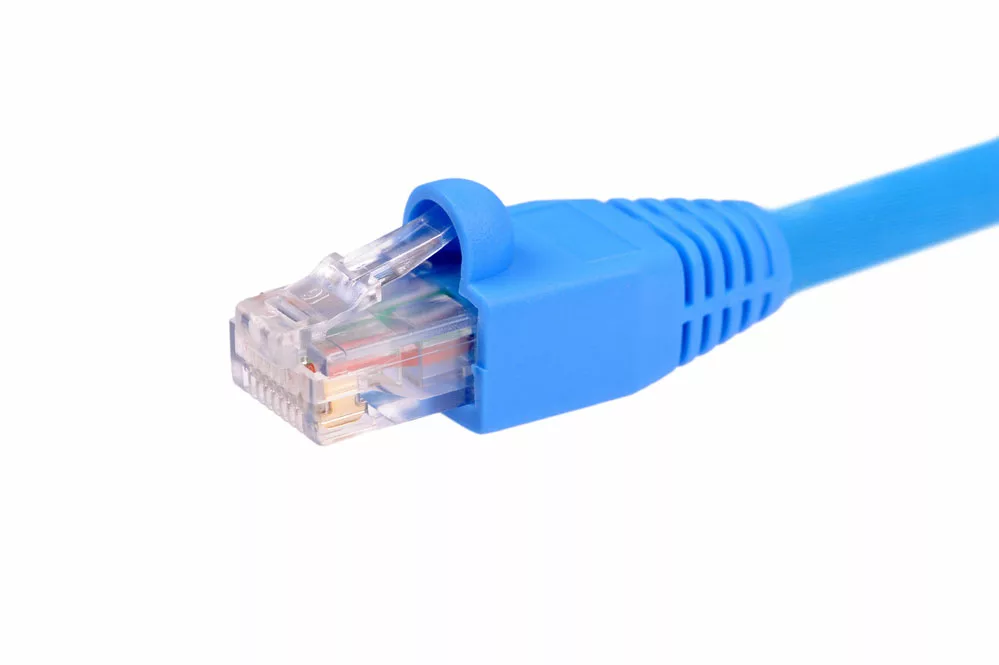
Blue UTP Cat6 network cable
Cat6 vs. Cat7: Differences
Despite these similarities, these cables differ in some ways.
Cat6 vs. Cat7: Table 1
| CAT7 | CAT6 | CAT6A | |
| Pricing | CAT7 costs approximately $1,200 for 2,000 feet of cable. | CAT6 costs about $200 for 2,000 feet of cable. | CAT6A cables cost about 30% extra compared to Cat6 cables, depending on the manufacturer. |
| Max Frequency | 600MHz | 250MHz | 500MHz |
| Theoretical Data Transfer Speeds | 10 BASE-T100 BASE-T for Fast Ethernet1000 BASE-T for Gigabit Ethernet10GBASE-T for 10 Gigabit Ethernet | 10 BASE-T100 BASE-T for Fast Ethernet1000 BASE-T for Gigabit Ethernet10GBASE-T for 10 Gigabit Ethernet | 10 BASE-T100 BASE-T for fast Ethernet1000 BASE-T. For Gigabit Ethernet10GBASE-T for 10 Gigabit Ethernet |
| Max. speed | 10Gbps(up to 100 meters)/40 Gbps Gbps(up to 10 meters ) | 1Gbps(up to 100 meters)/10Gbps (up to 55 meters) | 10Gbps(up to 100 meters) |
| Crosstalk | Crosstalk and system noise requirements for Cat7 cable are even stricter than those for Cat6 cable. On the Cat7 cable, individual wire pairs now have shielding. | Cat6 often uses a “spline” that divides the conductor pairs in the middle of the cable structure. It intends to keep the twisted pairs apart to improve performance, reducing internal pair-to-pair “cross-talk” within the cable. Splines make cable termination more difficult for beginners because you need extra preparation to get it out. | More durable sheathing in CAT6A lowers foreign crosstalk and boosts the signal-to-noise ratio compared to Cat6. |
Cat6 vs. Cat7: Table 2
| CAT7 | CAT6 | CAT6A | |
| Standard Gauges in Conductors | 23 or 22 AWG | 24 or 23 AWG wire | 23 AWG wire |
| Shielding Type | Shielded only | Cat6 cable is shielded (F/UTP) for situations where environmental interference may be problematic and unshielded (U/UTP) for general use. | Like the Cat6 cable, the CAT6A Ethernet cable is available in shielded (F/UTP) for situations where environmental interference may be a problem and unshielded (U/UTP) for general use. |
| Performance standard | While Cat7 is a high-performance cable, the ANSI/TIA does not recognize it. Instead, this cable was developed with an international specification created by ISO/IEC. | ||
| Connector type | The conventional RJ45 connector (also known as the 8P8C) is unavailable with Cat 7. Cat6 and Cat6a use the T568A or T568B color coding standards. High-speed Cat7 cabling systems require GG45 connectors, often called GigaGate 45 cables. IEC standardized the GG45 proprietary connector, which Nexans created. To maintain the Cat7 cables’ maximum speed, it has 12 connections. GG45 connectors are compatible with RJ45 connectors, although they are difficult to find. By the way, TERA connectors and ARJ45 (Augmented RJ45) are also made for high-speed Cat7 cable systems but are rarely used in the industry. |
Cat6 vs. Cat7: How do I Choose?
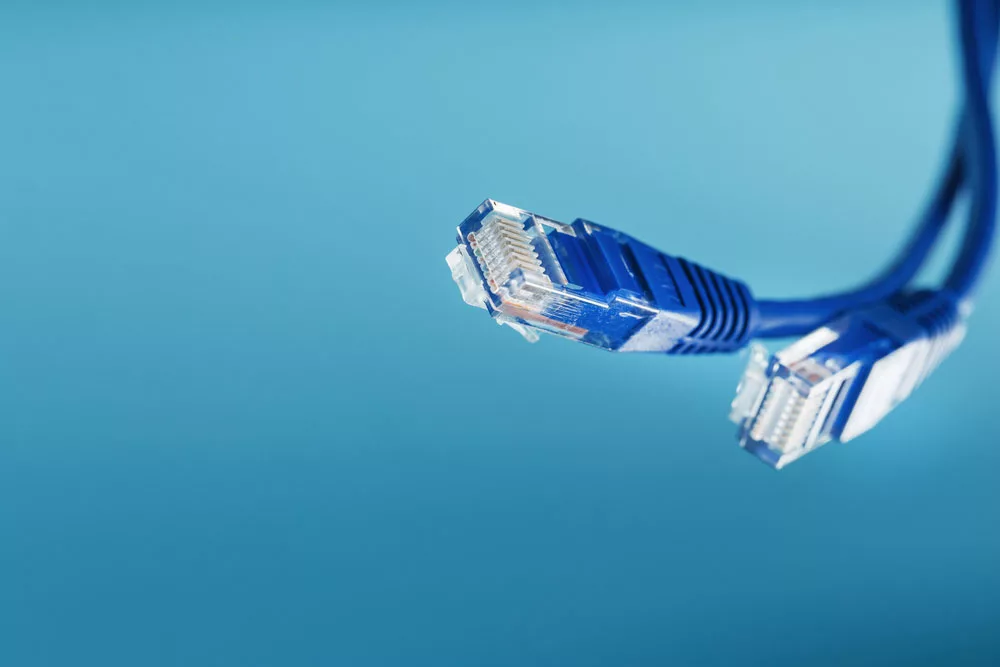
Two Ethernet cable connectors
Many people are still unsure how to choose between Cat6 and Cat7 Ethernet cables. Consider several things to settle on the correct choice.
Cat6 Ethernet Cable vs. Cat7: Cat6 vs. CAT6A, How to Choose?
Compared to Cat6 cabling, a CAT6A 10GBASE-T gives 10G performances at higher frequencies of 500 MHz and longer link lengths of 100 m.
Depending on the environment’s alien crosstalk, using Cat6 Ethernet cable covers 10GBASE-t over only a 37-55 meters distance.
CAT6A has more durable sheathing than Cat6. This sheathing lowers alien crosstalk and raises the signal-to-noise ratio.
Since the Cat6 10GBASE-t cable has a lower conductor diameter than CAT6A, it cannot dissipate heat well.
The 10Gbps Cat6 cannot operate in the power-saving short-reach mode. When using Cat6 at a distance of fewer than 30 meters, short reach mode lowers power usage by 1W per port, which shows how Cat6 is not economical or environmentally benign enough for 10GBASE-t applications.
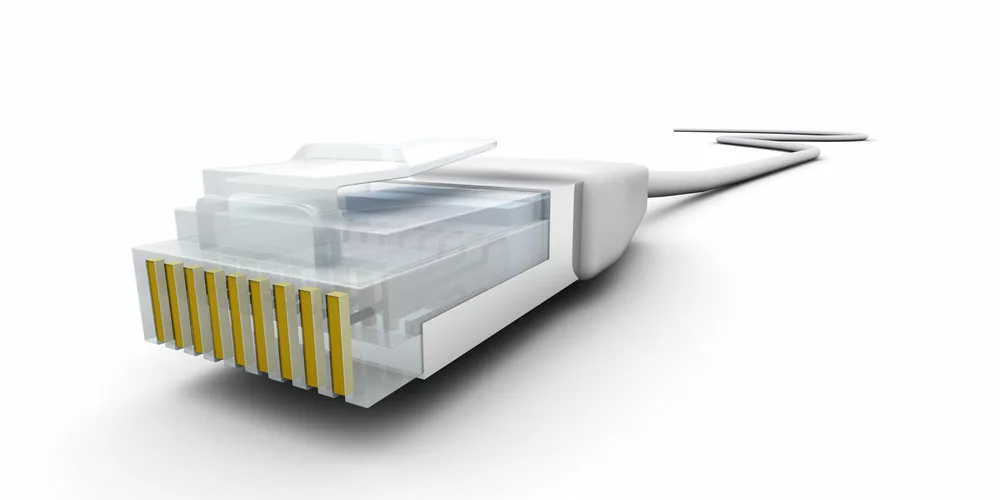
Photo of LAN cable
Cat6 Ethernet Cable vs. Cat7: CAT6A vs. Cat7, How to Choose?
Due to its fast network speed, and 10Gbps up to 100 meters, CAT6A cable suits new buildings, service networks, and data centers that need huge networks with plenty of data.
It is also suitable for upgrading a network in the future because it is backward compatible with Cat6, Cat5, and Cat5e.
Cat7 cables have a shield for each four-wire pair and all four pairs together, which improves noise reduction but can reduce flexibility and manageability.
You will find out that installing Cat7 is more difficult than installing it over CAT6A cable.
The best reason to choose the Cat7 cable is its durability. This Ethernet cable can last up to 15 years thanks to the strong copper and insulation.
The Cat7 speed can support data rates of 40Gbps, 50 Gbps, and 100 Gbps. However, the cable only offers the power and speed necessary for the tools and internet type you pair it with.
Switching to a faster cable while using slower-speed equipment won’t increase the internet speed.
Therefore, whether you go from CAT6A to Cat7, connecting your 10G server to a 10GBASE-t copper switch will get 10G at maximum. However, the Cat7 cable is much more expensive.
Cat6 Ethernet Cable vs. Cat7: Which to choose?
If you only trust TIA-certified connections, don’t use Cat7 Ethernet cable because it has not received a TIA or EIA approval. If you need a network with a higher speed, the Cat7 cable comes out on top.
However, if you have a small budget and don’t need a fast network, go for a Cat6 Ethernet cable.
Choose Cat6 cables for domestic use. They suffice for gaming, HD movies, or downloading files and fit small businesses or typical household networks.
On the other hand, the Cat7 cable is appropriate for commercial applications rather than home use. For example, you can use them in data centers or other significant networks.
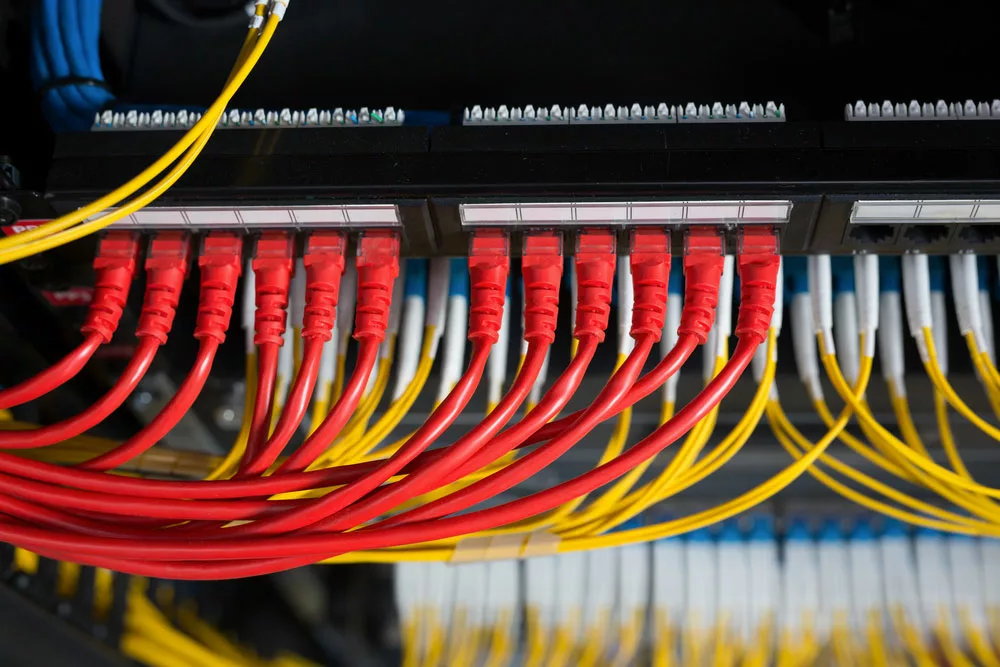
Network server room routers
Conclusion
High bandwidth continues to be in demand, which has increased the popularity of greater bandwidth Ethernet cables like Cat6 and Cat7 cables.
These twisted pair specifications support 10GBASE-t, though they have varying performance.
The main difference between the two cables is that Cat7 allows speeds up to 40 Gbps while Cat6 supports rates only up to 10 Gbps.
Cat7 is a better option for setting up a new home based on the network development trends. Consider Cat6 if money is a concern and you are on a tight budget.
